Inside the grisly murders of the Osage oil inheritors in Oklahoma, the real-life serial killings that inspired the film 'Killers of the Flower Moon'
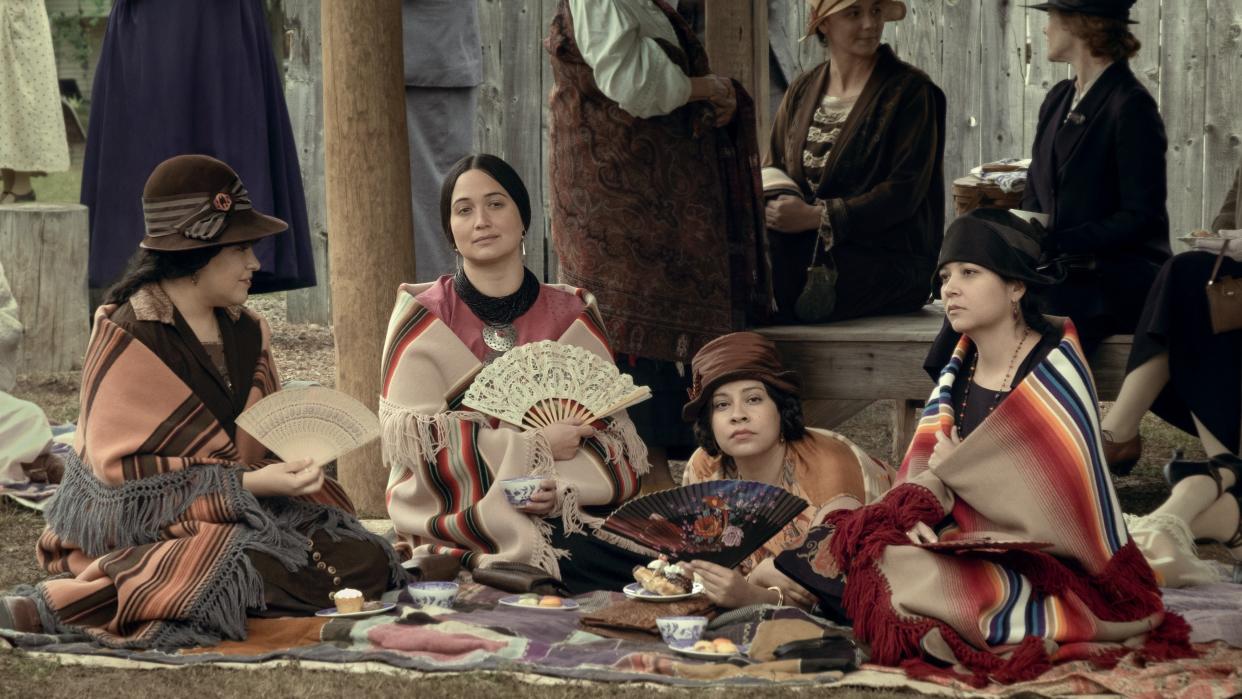
"Killers of the Flower Moon" tells the story of Osage people who were murdered after oil deposits were discovered under their land.
The movie is based on a 2017 book written by journalist David Grann, which explores the killings and investigation of the murders.
In 1929, William Hale was convicted of the crime and sentenced to life in prison, but was eventually paroled.
The film "Killers of the Flower Moon," which premiered at Cannes and will be released widely on October 20, was based on the real-life killings of the Osage people in Oklahoma in the early 1920s.
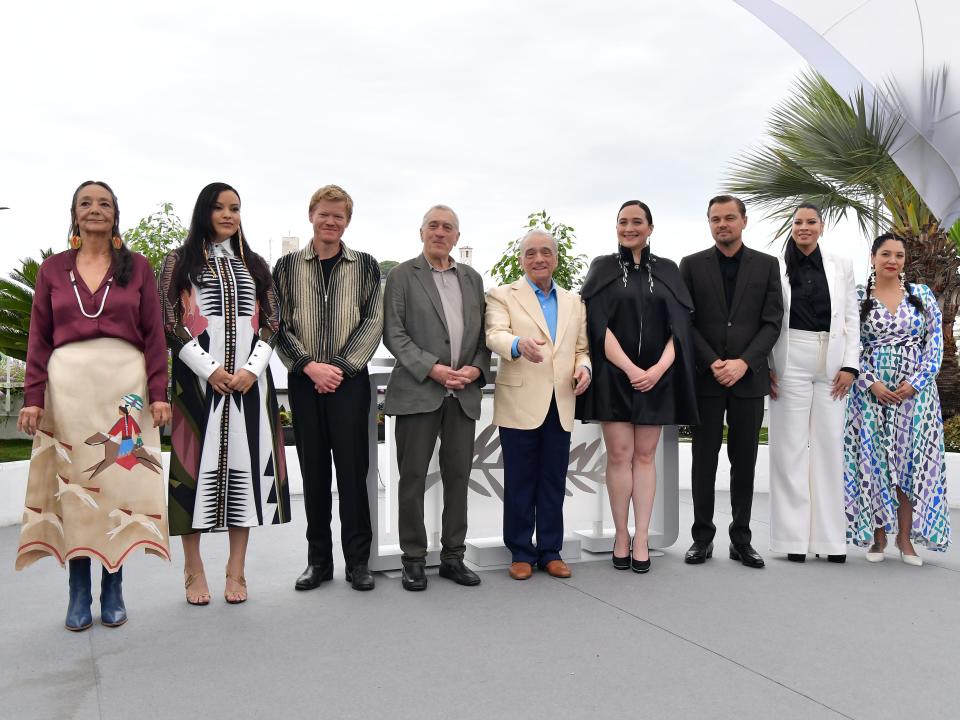
Directed by Martin Scorsese, "Killers of the Flower Moon" is based on a nonfiction book of the same name by journalist David Grann. It recounts a series of murders within the oil-wealthy Osage Nation in 1920s Oklahoma, as well as the FBI investigations that followed.
The film stars Leonardo DiCaprio, Robert De Niro, Lily Gladstone, and Jesse Plemons. It received rave reviews and a standing ovation at the Cannes Film Festival this year.
"The story is significant in so many ways. It tells a part of American history that has been lost to time," JaNae Collins, who stars in the film, told Insider. "The story shows how racism and a general indifference toward Native lives allowed a genocidal land grab to happen and how a conspiracy of silence then prevented it from becoming part of our collective history."
The Osage Nation is a Midwestern Native American tribe of the Great Plains. The tribe developed in the Ohio and Mississippi valleys around 700 BC.
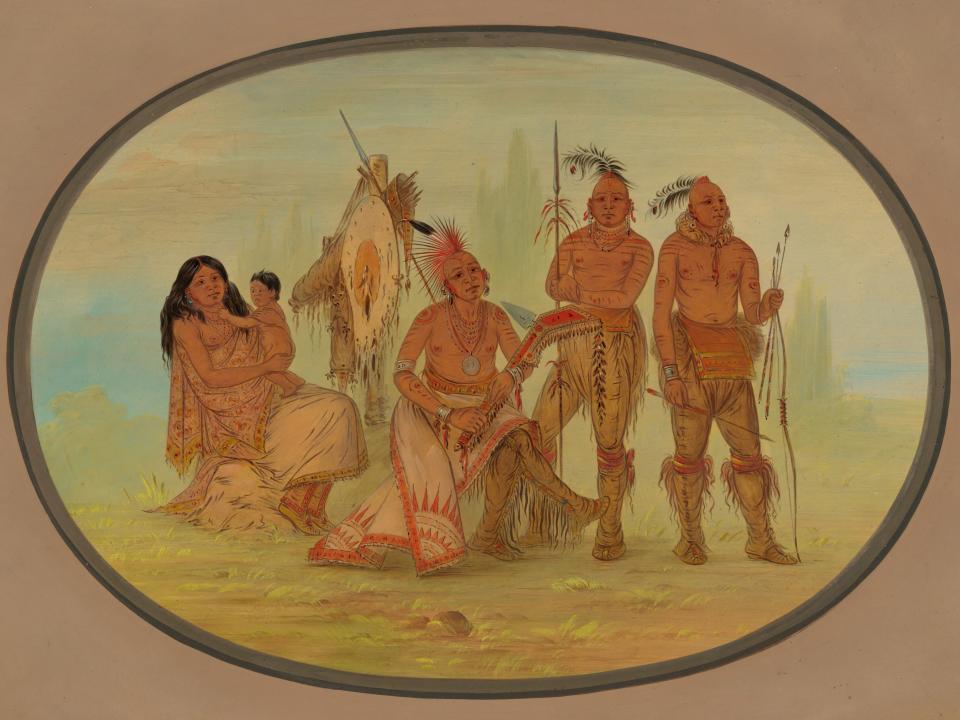
The word "Osage" is a French version of the tribe's name, which can be translated as "middle waters," in a nod to the Midwestern rivers near its original homeland.
Source: Oklahoma Historical Society
In the 19th century, the Osage were forced to leave Kansas for present-day Oklahoma due to treaties with the United States government. The tribe lived under harsh financial conditions, and food, clothing, and medical supplies were in short supply.
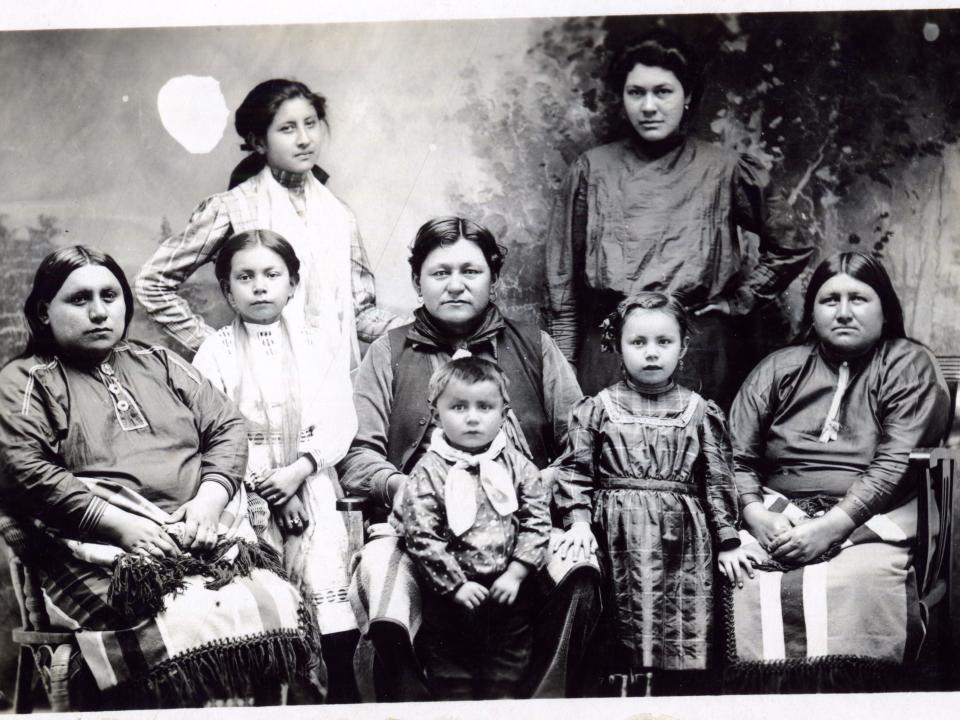
Source: Osage Nation Foundation; Oklahoma Historical Society
The Osage Nation's fortunes changed in 1894, when crude oil was discovered under their land. The Osage Allotment Act of 1906 ensured the Osage would retain mineral rights to the land.
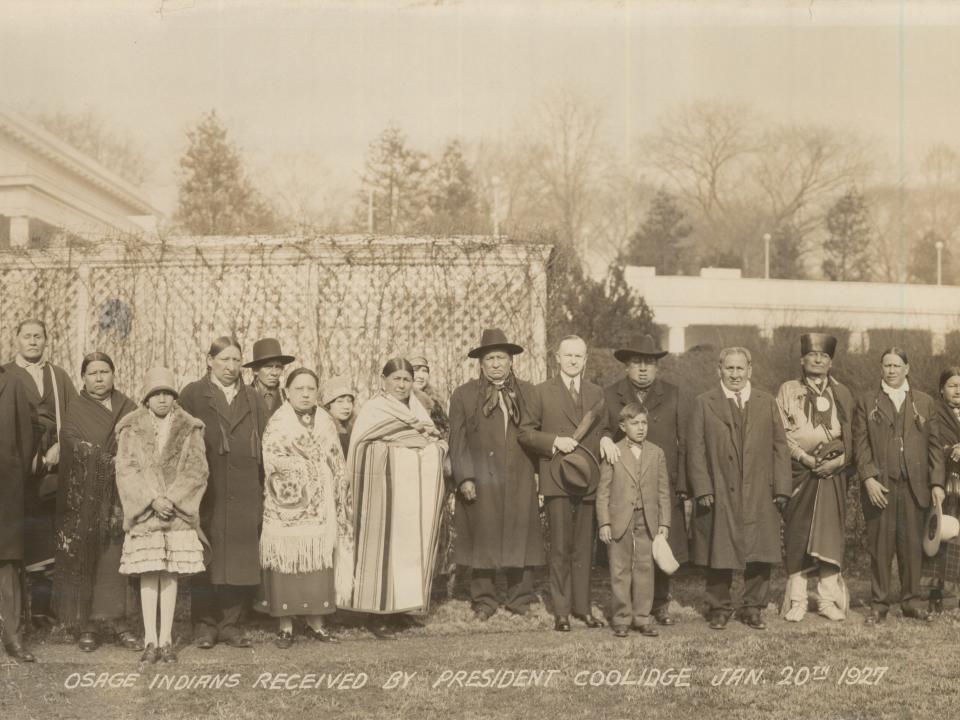
The Osage leased their new land to prospectors and made a fortune, building mansions and fleets of cars.
"In 1923 alone, the tribe took in more than $30 million, the equivalent today of more than $400 million," Grann wrote. "The Osage were considered the wealthiest people per capita in the world.
Source: Osage Nation Foundation; Oklahoma Historical Society; New York Times
But the newfound prosperity of the Osage attracted outsiders who sought to profit off the tribe. During the 1920s, Osage oil inheritors mysteriously died.
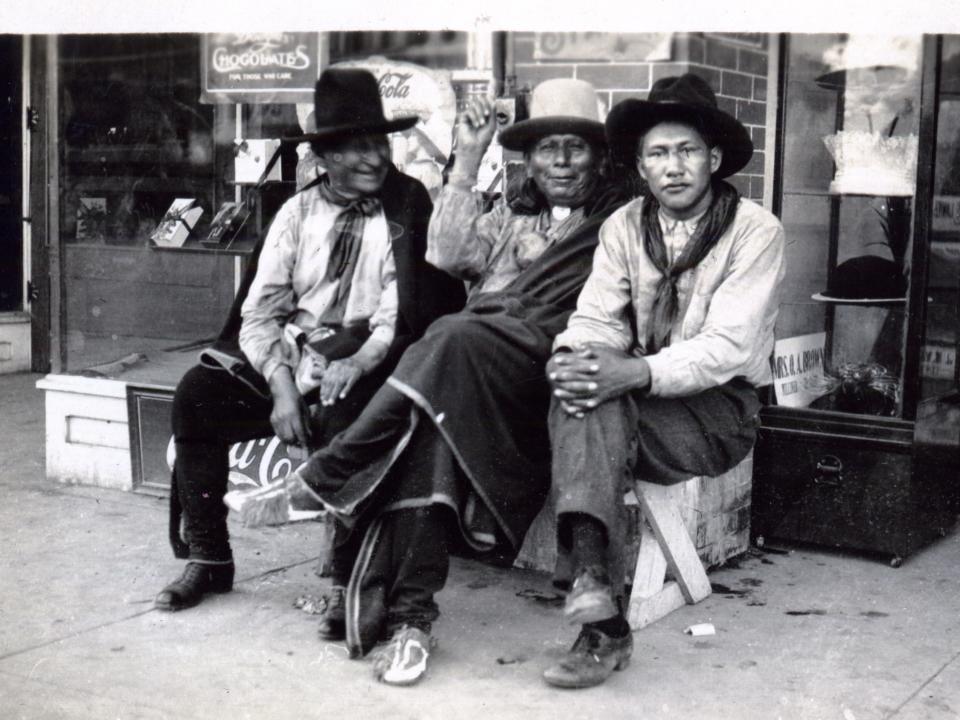
Source: Oklahoma Historical Society; New York Times
Grann's book "Killers of the Flower Moon" follows the story of Mollie Burkhart, a member of the Osage tribe and one of four sisters who became wealthy from the oil windfall. They all married white men, but Mollie's sisters and family began to die from mysterious circumstances.
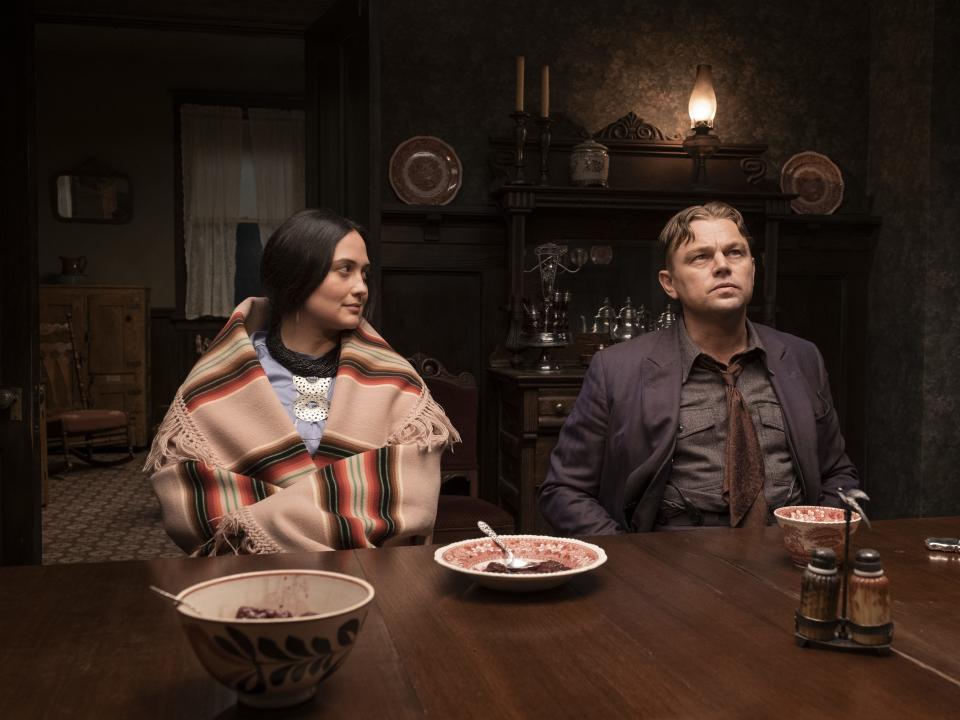
One sister died due to what doctors ruled a "peculiar wasting illness," while another died in a suspicious fire. Yet another sister was found dead, shot in the head, in a ravine. Another Osage member, Charles Whitehorn, was found shot within days of the discovery of the sister's body — both were shot with small-caliber bullets.
"Two Separate Murder Cases Are Unearthed Almost at Same Time," a newspaper headline declared.
Source: Oklahoma Historical Society; New York Times
The period was dubbed the Osage Reign of Terror: In the months that followed, more than two dozen people — including white investigators looking into the crimes — were killed between 1920 and 1924.
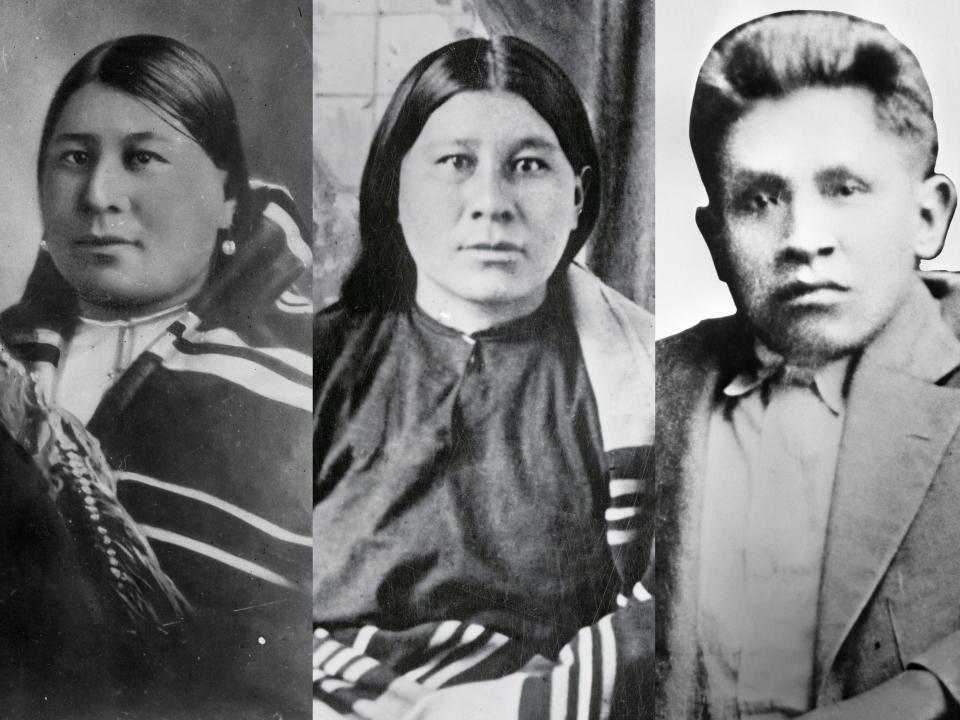
Source: New York Times
The Osage Tribal Council suspected William Hale, a white power player on the reservation, of the murders. His nephew Ernest Burkhart had married Mollie Kyle, whose sisters, mother, and cousins died, leaving her and Ernest the heirs to the oil rights.
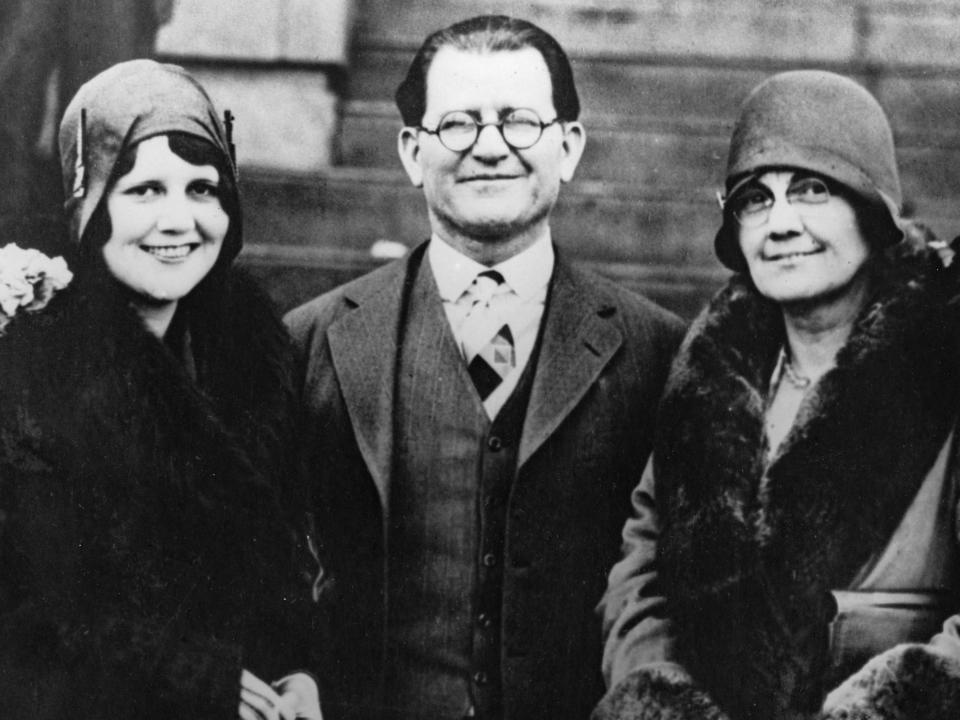
But the council was unable to elicit testimony from the townspeople, many of whom Hale had bribed or threatened into silence.
Source: Oklahoma Historical Society
The Federal Bureau of Investigation, which was created just a few years earlier in 1908, was tasked with solving the murders. FBI agent Tom White led an undercover investigation and, after gaining the townspeople's trust, discovered how Hale had directed the murders.
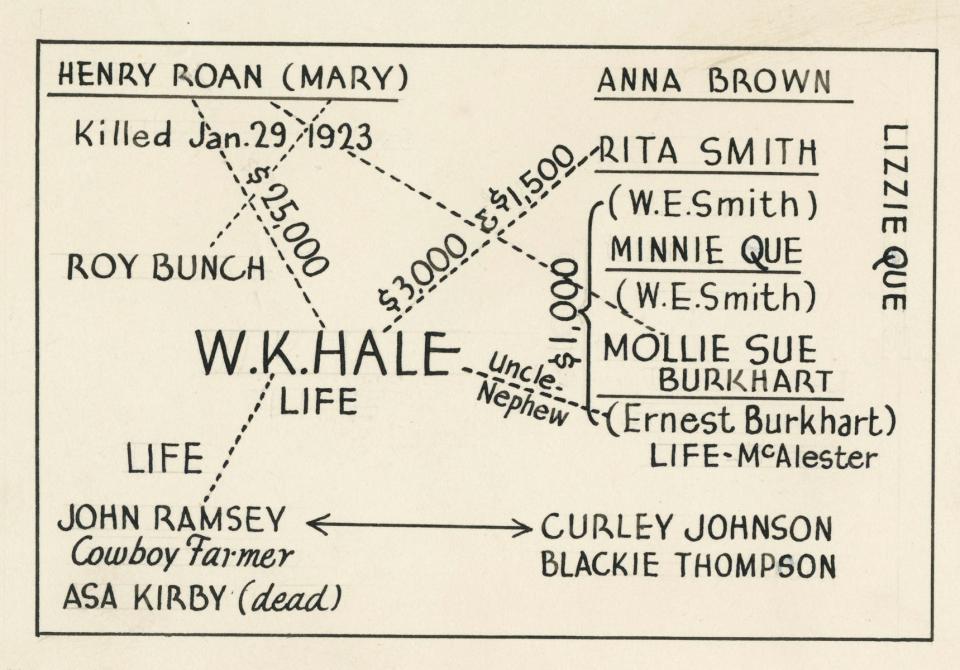
"Eventually [Hale] became a millionaire, who dominated local politics and seemingly could not be punished for any of the many crimes which were laid at his door," White wrote in a 1932 memo to FBI director J. Edgar Hoover.
"His method of building up power and prestige was to put various individuals under obligation to him by means of gifts and favors shown to them," he wrote. "Consequently, he had a tremendous following in the vicinity composed not only of the riffraff element which had drifted in, but of many good and substantial citizens."
Source: News Oklahoma
In January 1926, FBI agents took Hale, Burkhart, and John Ramsey, a local farmer-cowboy Hale hired, into custody. The three men were convicted and sentenced to life in 1929, but were eventually paroled despite Osage protests.
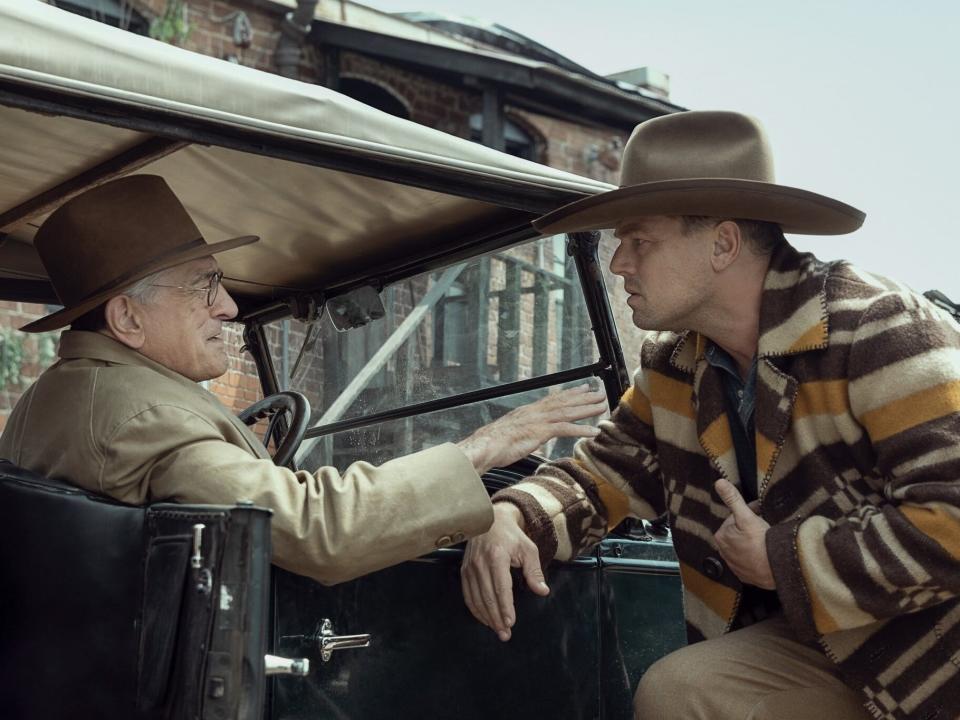
Burkhart received a full pardon from the Oklahoma governor in 1965.
To prevent another Reign of Terror, after 1925 federal law prohibited non-Osages from inheriting the rights of tribal members possessing more than one-half Osage blood.
Source: Oklahoma Historical Society
Osage Nation leaders and Native actors have spoken positively about the "Killers of the Flower Moon" film, which they said took into consideration their concerns about representation on screen.
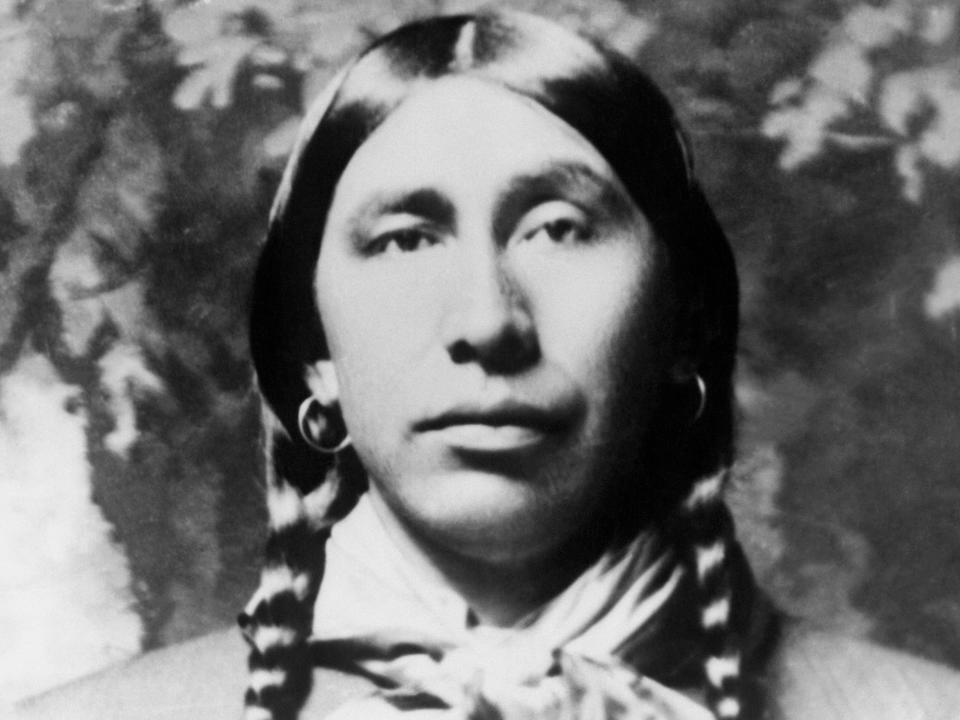
"To his credit, Scorsese did come and meet privately with descendants like me and others to hear our concerns," Jim Gray, former chief of the Osage Nation, wrote in a tweet. Gray said he is a descendant of Henry Roan, one of the Osage killed during the Reign of Terror.
The Native actors in "Killers of the Flower Moon" echoed this sentiment.
"Changes were made in a good way for different reasons, out of respect of culture and for authenticity," Tatanka Means said.
The actors also said they felt a deep responsibility to portray their characters in a complex and true-to-life manner.
"These women, these murdered people existed, and telling their story accurately for the Osage people was the most important thing to me," Collins told Insider over email.
Collins said she was taken to the place where her character, Rita Smith, was murdered, and recreated the scene just a few blocks away.
"It is important these stories are told — they are Truth," Tantoo Cardinal, who plays Mollie's mother Lizzie Q, said. "Our stories have been maligned in misinterpretation. Their exposure can bring more understanding of what was stolen when the Treaty Agreements were not respected."
Read the original article on Insider


